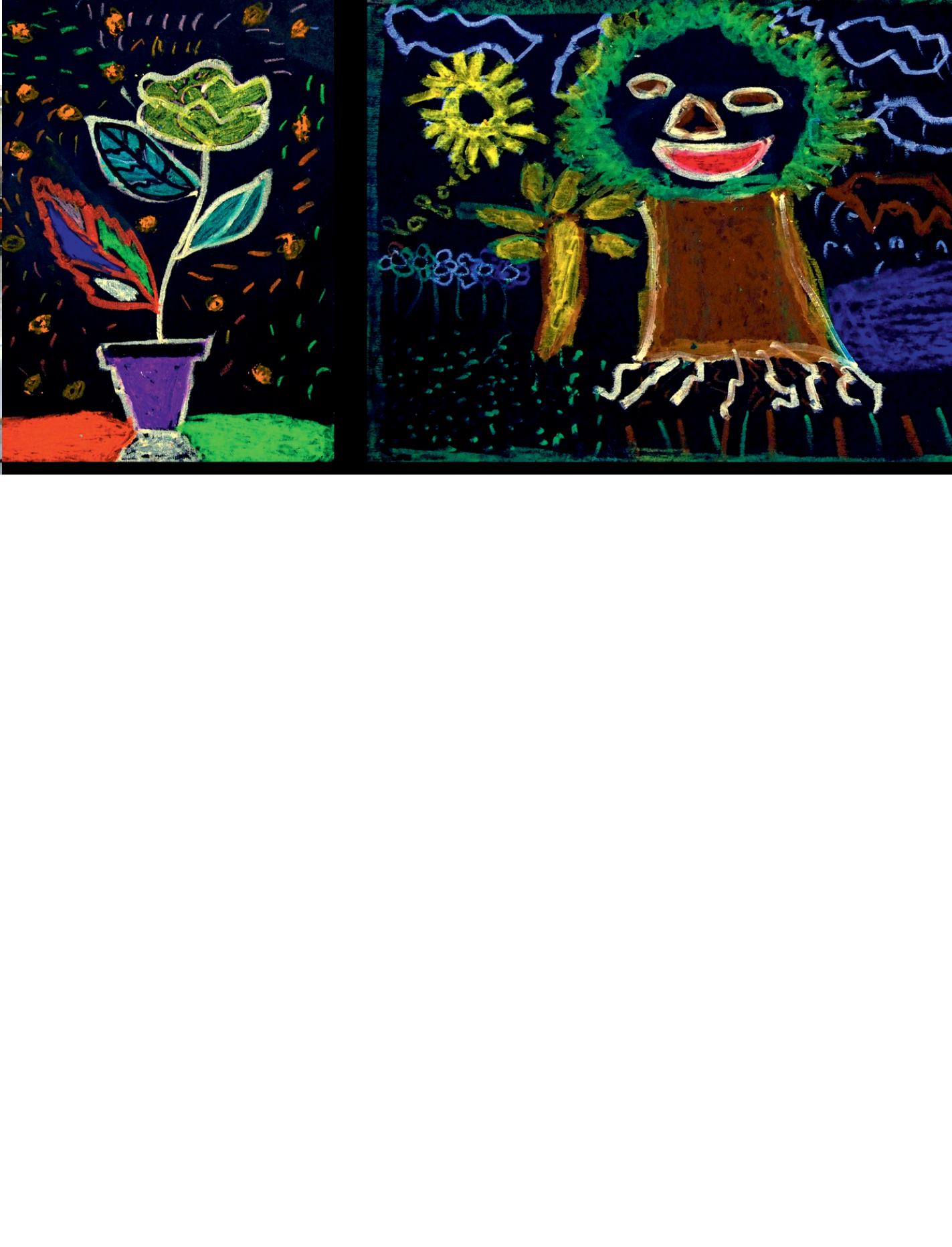
Deciding - 111
A
ll current development systems
have shown their limits. A two-
figure rate of development for
Africa is mentioned that should result in
the rise in the standard of living of the
population. But poverty is increasing
continuously. And twenty years after the
Rio Summit we are still thinking about
the policies to be set up to approach
sustainable development.
The environment is considered as being
one of the three pillars of sustainable
development, alongside the economy
and social aspects. At the level of the
United Nations Programme for the
Environment, we consider it to be more
the foundation. Whence the notion of
‘green economy’ defined as ‘one that
results in improved human well-being
and social equity, while significantly
reducing environmental risks and
ecological scarcities’.
Setting up a green economy requires
revision of the methods used to assess
economic performances that do not
currently incorporate natural capital,
which is nonetheless the basis of the
economies of numerous countries,
especially in Africa. For example,
calculation of GDP does not allow for the
fact that production and consumption
activities amputate this natural capital.
Public and private investments should
thus not have increased income and
employment as their sole targets but
should include the reduction of carbon
footprints and pollution, the rational
use of resources and energy efficiency.
The potential is very large in agriculture,
forest management, the building
industry, transport and renewable
energy; this applies in sectors such as
the pharmaceutical industry and new
flavours in the agrifood industry whose
development is based on biodiversity.
Resources are found in Africa and also
in South America, which is positioning
itself as a biodiversity superpower. Equity
is needed in the exploitation of species.
Industries must therefore undertake to
pay royalties on derived products.
Africa producing technology
The development of a green economy
also involves access to cutting-edge
technologies, such as space technology.
This is the case in particular for the
management of forests, a green resource
with considerable potential. The forests
in the Congo basin form the second
largest ‘green lung’ of the planet and
their world strategic interest is obvious.
When the cloud masses formed above
these forests cross the Atlantic they
bring rain for American farmers. This is
therefore of capital importance for food
security in North America: no rain, no
crops. The Americans understand the
point well. It led to the launching of the
Congo Basin Forest Partnership (CBFP)
in 2002 by South Africa and the United
States, joined by France and Germany.
International cooperation and transfer of
technology can help in the development
of green economy.
However, one of the challenges is that
Africa is no longer the continent that
continues to purchase technology but
rather the continent that produces
technology.
This requires investment in capacity
building,
training,
research
and
governance. The green economy will thus
become the new driving force leading
to sustainable development by fighting
persistent poverty while conserving
biodiversity.
c
Constant-Serge Bounda
(The Republic of the Congo)
United Nations Population Fund
representative
to African Union and Economic
Commission for Africa,
Addis Ababa,
Ethiopia
Towards a green economy
i
Africa has the potential to become an important player in bioenergy production. Harnessing this potential requires sustainable, large-scale investments. GEO is
developing the Bioenergy Atlas for Africa (BAfA) to provide better information on local African energy resources as the basis for informed decision-making at the
local, regional and continental scale. For the young artists of ‘École d’art au village’ of N’Djamena (Tchad’s capital), a smiling environment is part of sustainable
development goals.
© Sébastien Cailleux/EDAAV


